MeditationMeditation for BeginnersThe Noble Truth of the Cessation of Suffering # 3
Such extinction of craving is a task already exemplified by the Buddha.
Numerous are those who have attained Buddhist SainthoodThe mechanism of overcoming suffering requires the practitioner completely to uproot craving from the mind by transcendental extinction [samucchedapahana](i.e. raising the mind above the temptation of craving rather than just sensual restraint). Such extinction of craving is a task already exemplified by the Buddha. The tool he used to overcome craving was the practice of the Noble Eightfold Path until attaining Norvana. “Nirvana” is a word used interchangeably with the word ‘nirodha’ (extinction, cessation).Not just the Buddha. But all who practice the Noble Eightfold Path diligently to the extey are prepared to lay, down their life for their practice, have the chance to uproot craving from the mind by transcendental extinction by attaining the various levels of Buddhist sainthood according to their own potential. There are many documented examples of those who have managed to follow in the Buddha’s footsteps-there are the eighty outstanding male arahant-disciples of the Lord Buddha and numerous out-standing female arahant-disciples of the Lord Buddha and numerous out –standing female arahant-disciples-recorded by mane in the Buddhist scriptures and today’s Buddhist history textbooks. Furthermore there are1,250 arahants who assembled miraculously on Magha Puja Day, nine months after the Lord Buddha’s enlightenment to hear the preaching of the Ovadapatimokkha.levels of Buddhist sainthood according to their potential.
Furthermore, there are multitudes who faithfully devote their lives to the practice of the Noble Eightfold Path with steadfast faith in the existence of Nirvana as the highest aim in life and those people will also eventually attain the various levels of Buddhist sainthood according to attain the various levels of Buddhist sainthood according to their potential. Such Buddhist nobles have overcome craving, even though some have not yet attained Nirvana they have seen and known Nirvana via their Dhamma eye i.e. by meditational insight.Even though it is more than 2,500 years since the Lord Buddha entered Parinirvana-a long passage of time which has inevitably caused some details of His Teachings to be lost or distorted-even to the present day there are still lost or distorted –even to the present day there are still those who faithfully devote their lives to the study and the practice of the Middle Way until attaining levels of Buddhist sainthood according to their potential. All the evidence that is left by some Buddhist saints is their scriptural testimonies, but some are still around, even to the present day.Phramonkolthepmuni, (Luang Phaw Wat Paknam Bhasicharoen) is well known and respected by all Buddhists in Thailand and beyond.
The Noble Monk who discovered the Dhammakaya TraditionPhramonkolthepmuni, (Luang Phaw Wat Paknam Bhasicharoen) is well known and respected by all Buddhists in Thailand and beyond. Even though it is several decades since Thailand and beyond. Even though it is several decades since his death, his picture still hangs in innumerable homes and workplaces of those in the Thai and Chinese communities. The tales of the powers and sanctity of Luang Phaw Wat Paknam which he used to help his followers still abound.Luang Phaw Wat Paknam heired from Supanburi province in Thailand and before ordaining was known as Sodh Mikaewnoi. He became disgusted with the superficiality of his working life and at the tender age of twenty-two con-mitted himself to lifelong ordination as a Buddhist monk. He dedicated himself to Buddhist academic studies until he felt that the educational resources at his home temple in Songpinong, Supanburi were limiting him. He continued his studies in Bangkok academic studies and also meditational studies, the latter for which he trained with the utmost strictness. The Dhammakaya Tradition is what he discovered as the result of all his efforts.After rediscovering the Dhammakaya tradition, Luang Phaw Wat Paknam devoted the rest of his life to the teaching of the tradition.
In his sermons, Luang Phaw Wat Paknam explained that the Dhammakaya Tradition (i.e. the method for attaining Dhammakaya) is what the Lord Buddha used in the training of sentient beings from the earliest days of his dispensation. Even the teachings on ‘ayatana-nibbana’ and ‘dhammakaya’ which are prominent features of the Dhammakaya Tradition, are present in the Buddhist scriptures, but they are not sufficiently well explained in the commentaries for most people to understand. The knowledge of Dhammakaya is said to have diminished and eventually for some unknown reason, disappeared from Buddhism approximately 500 years after the Parinibbana of the Lord Buddha.After rediscovering the Dhammakaya tradition, Luang Phaw Wat Paknam devoted the rest of his life to the teaching of the tradition. He recognized the exceptional purity and precision of the tradition and saw the potential benefit it could bring to society at large. Luang Phaw Wat Paknam was thus engaged in outreach programmes for the Dhammakaya Tradition for approximately forty years of his life. The fruits of his efforts have made the Dhammakaya Tradition recognized by countless temples and adherents in Bangkok, upcountry Thailand and abroad. Indeed, anyone who practices the Dhammakaya Tradition in earnest will surely see results in proportion to their efforts.
The Noble Truth of the Cessation of Suffering # 3
The mechanism of overcoming suffering requires the practitioner completely to uproot craving from the mind by transcendental extinction
9209 ครั้ง
ปิดการแสดงความคิดเห็น


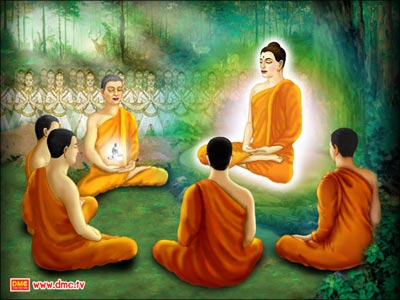
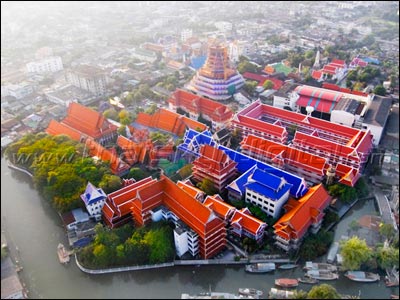
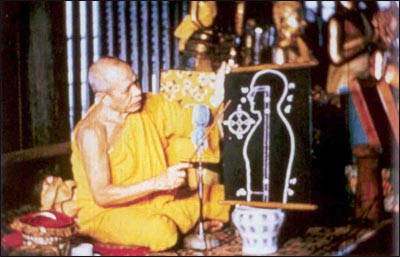

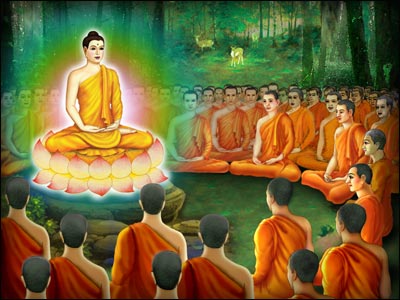
![The Noble Truth of Suffering : 7. Pain [dukkha dukkha]](https://images.dmc.tv/article/images/cover/9472287856.jpg)
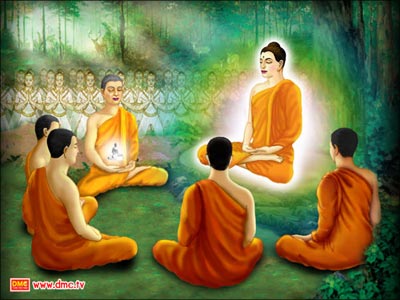

![The Noble Truth of Suffering : 3. Suffering as a result of Illness [byadhi dukkha]](https://images.dmc.tv/article/images/cover/1009852419.jpg)


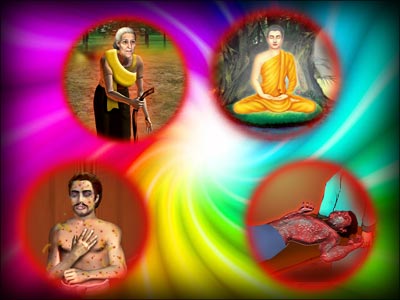
![The Noble Truth of Suffering : 6. Lamentation [parideva dukkha]](https://images.dmc.tv/article/images/cover/1594748934.jpg)